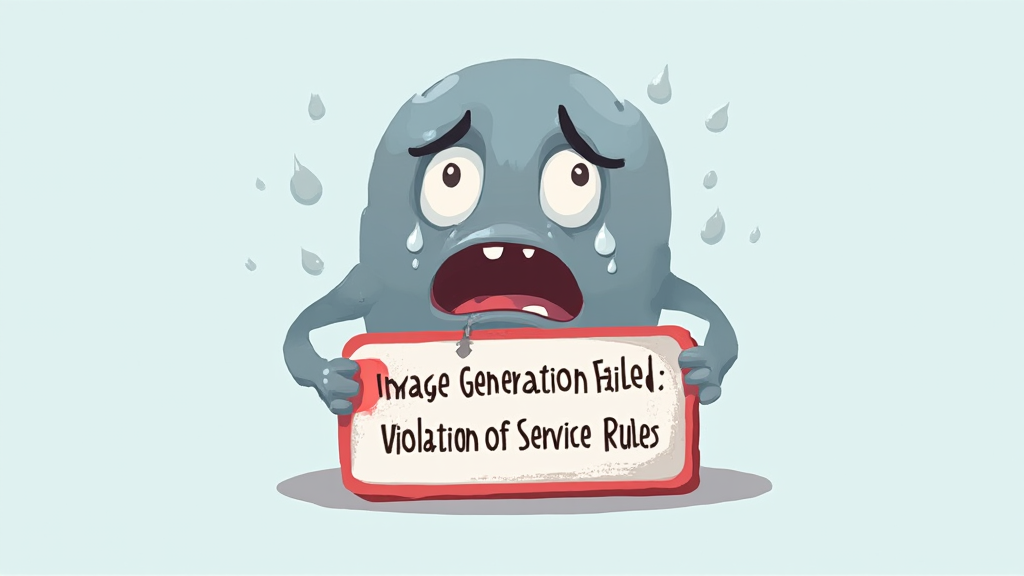Introduction to Inflation and Its Impact on Savings
Understanding Inflation: Causes and Effects
Inflation is the rate at which the general level of prices for goods and services rises, eroding purchasing power. This means that over time, your savings can buy less. It’s alarming to think about. As inflation increases, the value of money decreases, making it crucial to find ways to protect your savings. Many people overlook this fact. Investing in assets that outpace inflation is essential. This is a smart strategy.
The Historical Context of Inflation and Savings
Historically, inflation has significantly influenced savings behavior and investment strategies. As inflation erodes the real value of money, individuals often seek assets that provide a hedge. This is a common response. For instance, during the 1970s, high inflation rates prompted a shift towards commodities and real estate. Many investors learned valuable lessons then. Understanding these historical trends is vital for effective financial planning. Knowledge is power.
The Role of Cryptocurrency in Combating Inflation
How Cryptocurrencies Function as a Hedge Against Inflation
Cryptocurrencies, particularly Bitcoin, are often viewed as a hedge against inflation due to their limited supply. This scarcity contrasts sharply with fiat currencies, which can be printed in unlimited quantities. Many investors recognize this difference. Additionally, the decentralized nature of cryptocurrencies provides a level of protection from government monetary policies. This is a significant advantage. As inflation rises, individuals may increasingly turn to digital assets to preserve their wealth. This trend is noteworthy.
Case Studies: Successful Use of Crypto During Inflationary Periods
During hyperinflation in Venezuela, many citizens turned to Bitcoin as a means of preserving their wealth. This shift demonstrated the cryptocurrency’s utility in crisis situations. People needed alternatives. Similarly, in Zimbabwe, where inflation rates soared, residents adopted cryptocurrencies to bypass traditional banking systems. This adaptation was crucial for endurance. These case studies highlight the resilience of digital assets. They are powerful tools.
Diversifying Your Investment Portfolio
Importance of Asset Diversification
Asset diversification is essential for mitigating risk in investment portfolios. By spreading investments across various asset classes, he can reduce exposure to any single economic event. This strategy enhances stability. For instance, combining equities, bonds, and cryptocurrencies can provide a balanced approach. This balance is crucial for long-term growth. Investors often overlook this principle. A diversified portfolio is more resilient.
Integrating Cryptocurrencies into Your Investment Strategy
Integrating cryptocurrencies into an investment strategy requires careful consideration of market volatility and potential returns. By allocating a portion of his portfolio to digital assets, he can enhance diversification. This approach can mitigate risks associated with traditional investments. Many investors find this appealing. Additionally, understanding the underlying technology and market trends is crucial for informed decision-making. Knowledge is essential. A well-researched strategy can yield significant benefits.
Stablecoins: A Safe Haven in Volatile Markets
What Are Stablecoins and How Do They Work?
Stablecoins are digital currencies designed to maintain a stable value, typically pegged to a fiat currency like the US dollar. This stability makes them attractive during periods of market volatility. Many investors appreciate this feature. By using stablecoins, he can avoid the drastic price fluctuations common in other cryptocurrencies. This is a practical solution. Additionally, stablecoins facilitate easier transactions and provide liquidity in the crypto market. They are essential tools.
Benefits and Risks of Using Stablecoins
Stablecoins offer several benefits, including price stability and ease of use in transactions. This stability is crucial during market fluctuations. However, risks exist, such as regulatory scrutiny and potential counterparty risks. These factors can impact their reliability. Understanding these dynamics is essential for informed decision-making.
Utilizing Decentralized Finance (DeFi) for Savings
Introduction to DeFi: Opportunities and Challenges
Decentralized Finance (DeFi) offers unique opportunities for savings through high-yield protocols and liquidity pools. These platforms often provide better returns than traditional banks. Many investors are intrigued. However, challenges include smart contract vulnerabilities and regulatory uncertainties. These risks can affect returns. Understanding these factors is crucial for effective participation.
How to Earn Passive Income Through DeFi Platforms
Earning passive income through DeFi platforms involves strategies like yield farming and staking. These methods allow users to earn interest on their crypto holdings. By providing liquidity to decentralized exchanges, he can receive rewards in the form of tokens. This is a practical approach. However, understanding the associated risks is essential for success. Knowledge is key.
Long-Term Strategies for Inflation-Proofing Your Wealth
Building a Resilient Financial Plan
Building a resilient financial plan requires diversification across asset classes, including equities, bonds, and alternative investments. This strategy helps mitigate risks associated with inflation. Many investors overlook this aspect. Additionally, incorporating inflation-protected securities can safeguard purchasing power. This is a smart move. Regularly reviewing and adjusting the portfolio is essential for long-term success. Consistency is key.
Regularly Reviewing and Adjusting Your Strategy
Regularly reviewing and adjusting an investment strategy is crucial for maintaining alignment with financial goals. Market conditions can change rapidly, impacting asset performance. This requires vigilance. By analyzing portfolio performance and reallocating assets, he can enhance returns and reduce risks. This is a proactive approach. Staying informed about economic trends is essential for effective adjustments.
Conclusion: Taking Action Against Inflation
Summarizing Key Takeaways
To effectively combat inflation, he should adopt a multifaceted approach. This includes diversifying investments and incorporating inflation-resistant assets. Many investors overlook this strategy. Additionally, staying informed about market trends is essential for timely adjustments. Knowledge is crucial. By taking proactive measures, he can safeguard his financial future. This is a wise decision.
Encouraging Proactive Financial Management
Proactive financial management is essential for mitigating inflation’s impact. By regularly assessing his investment portfolio, he can identify opportunities for growth. This approach is beneficial. Additionally, incorporating diverse asset classes enhances resilience against market fluctuations. Staying informed about economic indicators is crucial for making timely decisions. Knowledge is empowering.
